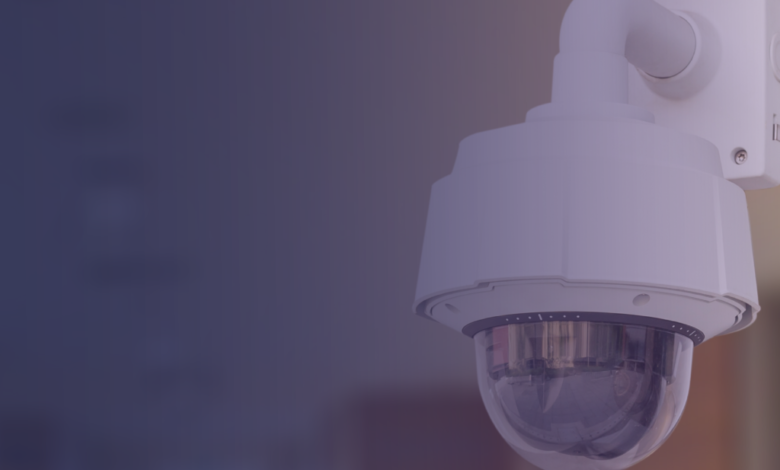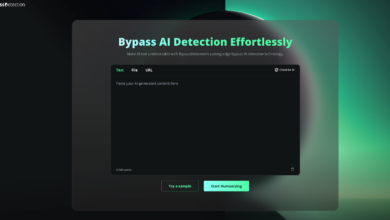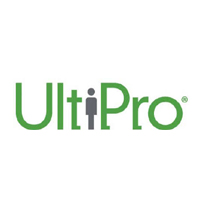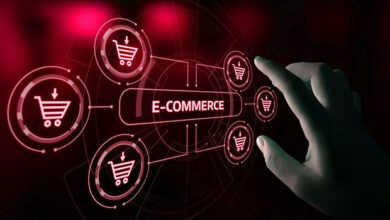Intelligent Video Surveillance: Getting The Value of Your Investment

Without a security system, robberies occur 30% more frequently in homes and businesses. Unless someone is constantly monitoring video surveillance, it’s easy for suspicious activity to go unnoticed. That’s where intelligent video surveillance comes in. Here are some ways it can help you:
Increased Efficiency
Your surveillance system alerting you to suspicious activity allows you to take preventive actions instead of waiting for an intruder to enter your property. You can then contact law enforcement, issue a warning, or send a live PA message to deter criminal activity and de-escalate situations. Unlike traditional systems that require expensive hardware and human resources for analysis, smart video surveillance uses sophisticated algorithms to identify patterns in human behavior. Then it alerts you to the presence of unusual activity. It reduces staff costs and increases building automation and control.
Abnormal activities can be detected by several factors, including sudden illumination changes and the presence of moving objects in the frame. Intelligent video analytics can detect these anomalies, with the first stage being intruder detection, followed by the problematic scene description. It can also help you monitor remote personnel or sites critical to your operation, such as medical centers, campuses, airports, utilities and construction projects. Smart video surveillance can even track store customer flows to provide actionable information, allowing you to place display advertising and high-value products in busier store areas. It requires a comprehensive technology system that includes edge monitoring (supported by a reliable low latency, high bandwidth 5G network), cloud storage, automated alerting and high-quality video cameras.
Increased Security
Unlike traditional systems, intelligent video surveillance can independently recognize and react to suspicious activity. When a threat is identified, the system immediately sends an alert, causing a response (such as audible alerts, pop-up windows on linked devices, or a voice-down warning to the intruder). AI-powered solutions can detect threats not detected by other sensors and work equally well day or night. They can process large amounts of data in a fraction of a second and use advanced analytics to provide security operators with better real-time information for more effective actions.
The technology can identify humans, vehicles and objects based on their characteristics. It can also recognize and classify events in a specific location, such as people entering or leaving a building. It helps to make the system more efficient by eliminating the need for manual review and intervention. Thanks to the fusion of artificial intelligence with video analytics, smart cameras can improve security by detecting and analyzing images more effectively. For instance, the technology can analyze multiple videos to determine if an object or person is moving in a certain direction and then take appropriate action. It can also prevent theft by identifying suspicious movements or activity in high-risk areas.
Reduced False Alarms
Many homeowners and businesses are plagued by false alarms from conventional sensors such as door/window and motion detection systems, resulting in costly fines and wasted time and resources. AI video surveillance provides better situational awareness by reducing false alarms. It uses advanced object classification algorithms to separate human movement from innocuous triggers such as small animals, bins, vegetation or shadow changes. Intelligent video analytics also reduces the number of alerts by filtering out irrelevant noise. For instance, the technology can distinguish between an animal crossing the camera at night and a drone flying above a building. It enables businesses to save on equipment, installation and maintenance costs.
Additionally, deep learning and artificial intelligence in video analytics make the system a self-learning tool that improves over time. It continuously learns what a normal scene looks like, thereby eliminating the need for manual re-assessment by humans. Finally, a smart video surveillance system can run the analysis locally on the camera or the nearest edge appliance rather than on a remote server. It significantly reduces bandwidth, eliminating the need to constantly upload large amounts of data to the cloud or server. In addition, it frees up storage space for more footage. The system usually requires only a few gigabytes of data to store the video analysis results.
Better Insights
A smart surveillance system incorporating artificial intelligence can help you get more value from your investment. Unlike traditional cameras that just record footage, intelligent video surveillance can provide real-time alerts to security officials and give insights that aren’t possible with human monitoring. For example, smart video surveillance will detect the change and notify security staff if a suspicious light flashes in a poorly lit facility. It can deter crime, reduce vandalism risks, security guard overtime costs, and insurance claims. The privacy implications of using AI in video surveillance are less severe than they might seem at first glance. While many privacy conversations focus on identity-revealing technologies like facial recognition, intelligent video surveillance solutions that utilize behavioral analytics can spot suspicious activity without identifying the person involved or inferring any unnecessary bias.
Intelligent video surveillance solutions can also add tremendous business value by integrating with other in-house or 3rd party systems. It makes it easier to monitor what’s going on, optimize resource planning and improve resolutions. It is especially useful for retail businesses with advanced analytics that can provide valuable insight to stakeholders beyond simple crime deterrence or loss prevention. For example, a smart surveillance solution can integrate with customer loyalty programs to track customer engagement and help improve marketing efforts. It can also measure and report on data such as headcounts from entrance cameras, queue length at retail checkouts and occupancy in waiting areas.



